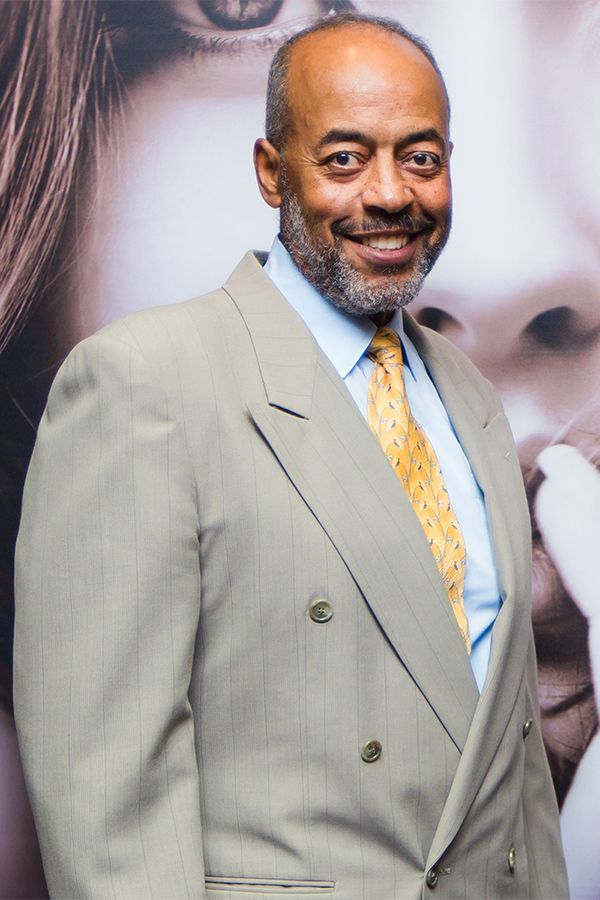1. Climbing the ranks in the diamonds industry.
"As part of diamond processing, I had to identify different values of diamonds before transferring them to the sales department. These differences piqued my curiousity and I started to examine them – soon I could guess closer to the mark. It came so naturally, I had caught up with 2 weeks’ worth of diamonds in 3 days! There were some points I disagreed upon and took it to the head grader. He saw a talent in me and began showing me technical nuances of the job, like the proper way to hold the tweezers and loupe. Lazare Kaplan’s son, Leo, was also impressed and sent me to the Gemological Institute of America (GIA), and in 6 months, I became a grader."
2. Upholding the undisputed mathematical formula for the perfect diamond.
"Lazare is special because of our consistency in quality, angles and proportion. In 1919, mathematician Marcel Tolkowsky, the cousin of Lazare Kaplan, created an ideal cut formula that sets us apart in the diamond world. He measured light in crystal diamond and figured how to manipulate the cut, to maximise the beauty that comes from the top, and the exact proportions and cut to optimise its brilliance."
3. How diamonds qualify for Lazare’s perfection rating.
"Let’s take a 1-carat diamond – 1 carat equals a dollar, every point equals penny, so 100 points equal a dollar. 50 points is half of a 1-carat diamond. Roughly 20 tonnes of earth has to be dugged to obtain a rough crystal that will give you a 1-carat polished gem.
The rough diamond at that stage would be 2.5 carats; you keep about 40%of the rough material that makes up the polished gem. So you could say that a 1-carat diamond is considered 1 in a million. A 1-carat diamond with such small parameters is also 1 in a million. Therefore, a 1-carat Lazare diamond is actually less than 1 in a 100 million diamonds, in consideration of the number of diamonds produced worldwide."
Read also: How DeGem Brings Favourite Fairytales To Life With Latest Collection



